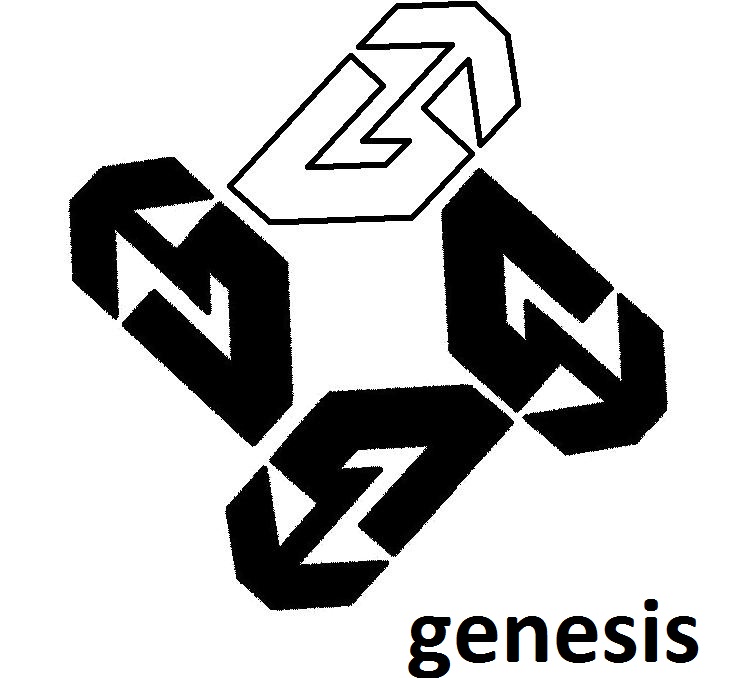Genesis Management Services Pty Ltd
CUSTOMER TYPES
Business
Government
Property
Education
Customer Satisfaction
The delivery of quality customer service has long been regarded as a critical element in achieving business objectives. This is certainly the case in Australia, given the increasingly competitive nature of business. Customer groups of all types are demanding increased levels of service delivery and are likely to support those organisations that can deliver to these high standards. This priority is often demanded because of the difficulty in being able to differentiate products and services, and the necessity to take the pressure off price as a major influencer of choice. This particularly applies in highly competitive markets where customers have numerous options. Added to this is the increasing expectations of customers regarding both transaction speed and transaction costs.
In a survey of over 2,000 customers across a range of industries, 40% listed poor service as a reason for switching to the competition, whilst only 8% listed price.
Not surprisingly, many organisations are expending considerable effort in developing improved service delivery practices often involving significant financial investment. The problem is that measuring this investment is often difficult due to the intangible nature of service.
The solution is to implement a continual and consistent measurement program to ensure an accurate evaluation of on-going customer service strategies. The program should be able to diagnose problem areas and identify the corrective action that should take place.
A study found that the average dissatisfied customer tells between 3 and 30 other people about their experience. Furthermore, the dissatisfaction becomes magnified with each subsequent telling.
Programs to measure and monitor customer satisfaction in terms of service delivery need to be developed, breaking satisfaction down into its key component factors. These include empathy, tangibles, reliability, assurance and responsibility. In being able to see clearly which service factors are effective and which are not, organisations can focus their efforts on the areas that require attention. The program also looks at how important each of these factors are to customers, thereby giving a further indication of where management efforts should be directed to improve customer perceptions. Results can be broken down by demographic characteristics so that management can understand how different customer segments perceive the organisation's service quality.
Market studies have consistently shown that it is easier and up to five times cheaper to keep an existing customer than to recruit a new one.
Program aims:
Measure objectively, customer perceptions of service
quality | break performance down into its component factors
| analyse how important these factors are to customers
| give results broken down by customer segments | to act as a type of 'engine tuner' for customer
satisfaction. This allows management to monitor the effects of
strategy implementation on customer satisfaction. By having
up-to-date, continual and accurate data available, organisations can
make decisions based on facts rather than intuition and be proactive
in their drive to become more customer-focussed. | |
